Few figures in Scottish history loom as large as William Wallace. Apart from being an enormously consequential figure in his own times, whose decisive leadership unquestionably altered the course of Scottish history, his life is rich matter for literary artists – both in the Medieval era and in modern times. The Scottish court-poet known as ‘Blind Harry’ seeded the Wallace mythology with his 1477 CE epic poem, ‘The Wallace’ (its somewhat verbose full title being: ‘The Actes and Deidis of the Illustre and Vallyeant Campioun Schir William Wallace’). This heritage was vibrantly embraced by the poets of the Scottish Enlightenment: Jane Porter, Robert Burns and Walter Scott all penned historical epics about Wallace, cementing him as a bannerman of a uniquely Scottish national culture: fiercely independent, occupied with liberty and justice above all else. In 1869, the National Wallace Monument was completed: this dramatic Gothic Revival tower dominates the skyline of Stirling, overlooking the battlefield of Wallace’s most important victory. It was wholly funded by public subscriptions, including one from Italian patriot leader Giuseppe Garibaldi. Modern audiences will, of course, know Wallace from Mel Gibson’s barnstorming 1995 film Braveheart, recipient of five Academy Awards.
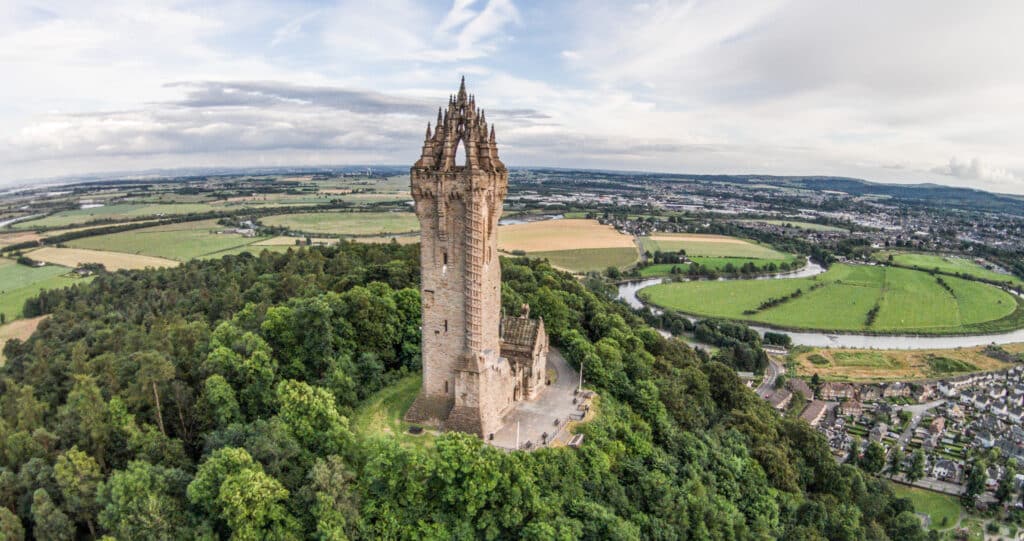
The Young Wallace
We know very little for certain about William Wallace’s early life. Wallace – or, to give him the Scots Gaelic name by which he was known in his lifetime, Uilleam Uallas – was born about 1270 CE, probably in the lands of the Wallace family, who were vassals of the Stewarts (then High Stewards of Scotland, the ancestors of the Stuart dynasty of British monarchs). As a minor noble in Lowland Scotland, Wallace’s upbringing would have been enormously privileged. Far from Braveheart’s depiction of Wallace as a tartan-clad Highlander, the Lowlands nobility were highly sophisticated and civilized, leading a life of feudal luxury much like their counterparts to the south of the border. Scotland was an independent Kingdom, having been forged from the post-Roman Lowlands, and the Pictish Highlands in the 9th century. As Lowland nobles, the Wallaces were probably heavily Normanized – in the 12th century, the monarchs of Scotland welcomed many Anglo-Norman vassals and religious practises. So – imagine young Uilleam growing up in a large stone house with a retinue of servants and serfs, being taught horse-riding and sword fighting, as well as learning his letters in Latin, Gaelic and Norman French. About as far away from the gruff Gibson as possible, Uilleam would have been cultured and chivalric – at least by the standards of his day.
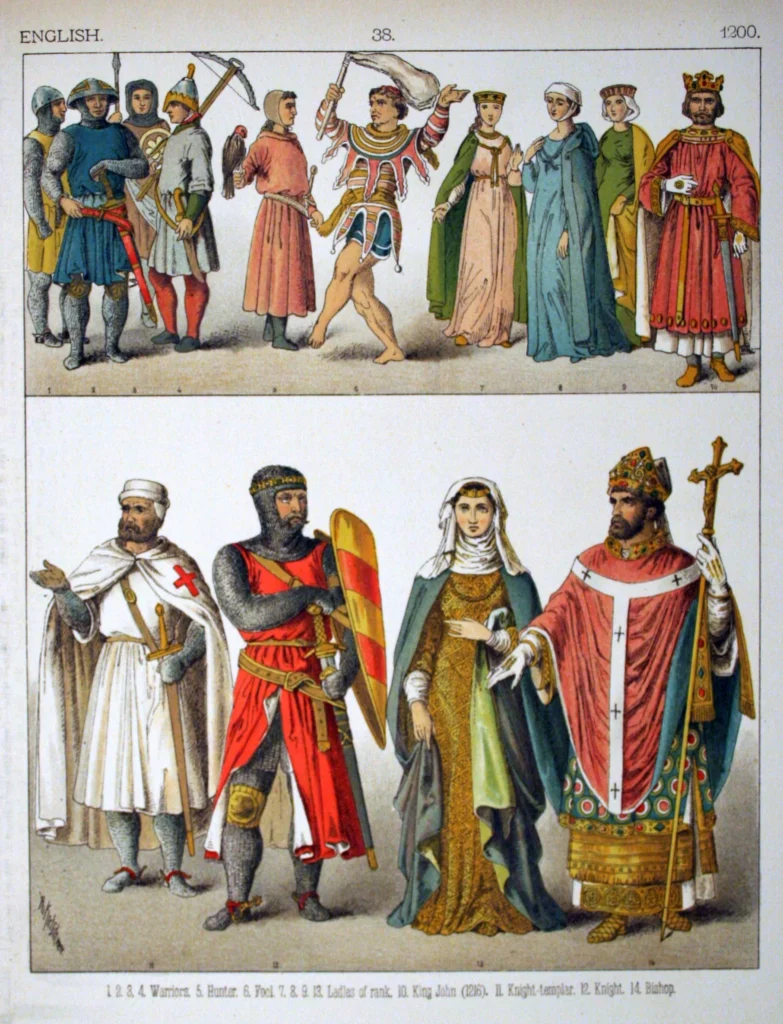
The King Is Dead
The world in which the young William Wallace was born into was about to split apart at the seams. King Alexander III’s long rule of peace and economic prosperity was clouded by his lack of a male heir. The King died by falling from his horse in a storm in the spring of 1286 CE when William was barely a man grown, leaving only Alexander’s three-year-old granddaughter in the line of succession. The bairn was called Margaret – known to history as ‘the Maid of Norway’, where she had been born to the dead King’s daughter. The succession of the toddler to the throne was a great cause for concern, as it opened the way for succession disputes and foreign interference both – Scotland had a strong tradition of tanistry, where succession passed to a ruler’s right-hand-men. For example, Robert de Brus, 5th Earl of Annandale, thought that the crown was his by right. The Parliament of Scotland met to manage the brewing crisis, and six Guardians of Scotland were chosen to steer the course for the Kingdom and to secure the throne for Margaret.
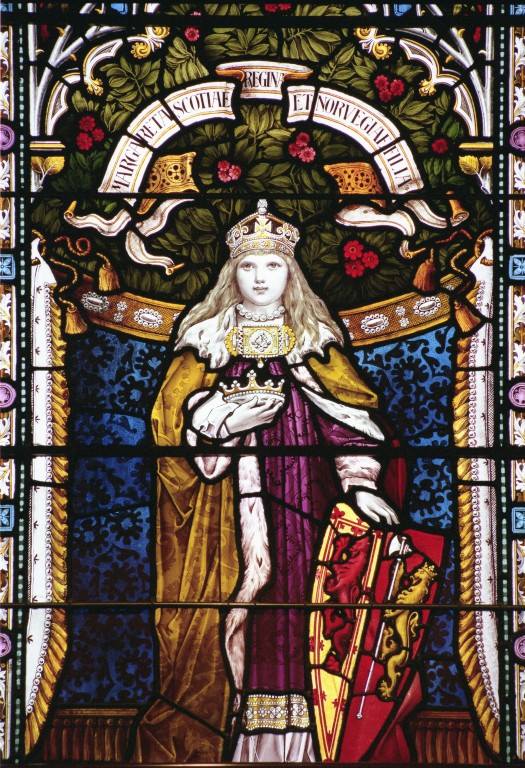
But English interests were keen to exploit the instability. Posing as guarantor for Margaret’s rule, King Edward I of England offered to give safe passage to England, and there to keep her until the rival claimants could be subdued – in return for a marriage to Edward’s son. The Guardians of Scotland were clearly concerned enough about the situation that they would risk placing Margaret in the hands of the English. Sadly, their concerns turned out to be well-founded. The young girl queen Margaret became ill on her crossing from Norway to England, and she died in the Orkney Islands in 1290. She was just seven years of age, and it left Scotland with an empty throne.
The resulting series of feuds, skirmishes and assassinations have become known as the ‘Great Cause’ – no fewer than thirteen claimants put themselves forward. Of the most convincing, we have already met Robert de Brus, one of the late King’s close advisors. Another was John Balliol, a Scots knight with large holdings in France and England, who had both the closest kinship to the late King and also significant support within Scotland. Brus raised an army, and although he made no move to enforce his claim with force of arms, it alarmed the Guardians of Scotland. Fearing open civil war between the claimants, the Guardians were forced to ask an outside adjudicator to assess the rivals’ claims – and the only such judge was Edward I of England. Edward’s adjudicators deliberated agonizingly slowly, but eventually they chose John Balliol, whose claims in feudal law trumped those of Brus and the other contenders.
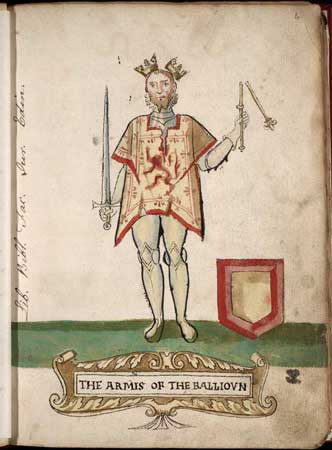
The Empty Coat
However, Balliol’s rule would be brief, and it would not provide safety or security for Scotland. Edward made it clear that he considered Scotland to have become a vassal state to the throne of England, and that Balliol was no more than an enfeoffed inferior. The English King repeatedly summoned Balliol to London, and delivered insults and orders, rather than meeting his fellow monarch with respect. He expected financial payments from the Scottish crown, and frequently interfered in Scots law. Balliol quickly lost whatever support he had remaining in Scotland – he acquired the nickname ‘Toom Tabard’, or ‘empty coat’, being a mere bag of nothing in the eyes of his fellow Scots. It appears that the Scottish nobles dispensed with him altogether, forming a new panel of Guardians and concluding a treaty of mutual assistance with England’s perennial enemy, France. In response to this violation of (what he perceived as) his royal prerogatives, Edward gathered an army and marched to the border town of Berwick-upon-Tweed, killing thousands as a message to the Scots rebels. Edward’s invasion was brutally efficient, and at Dunbar, Edward’s forces captured hundreds of Scottish nobles, forcing the surrender of Dunbar Castle and ending organized Scots resistance. But the First War of Scottish Independence – the war that would make Wallace into a legendary national hero – had only just begun.
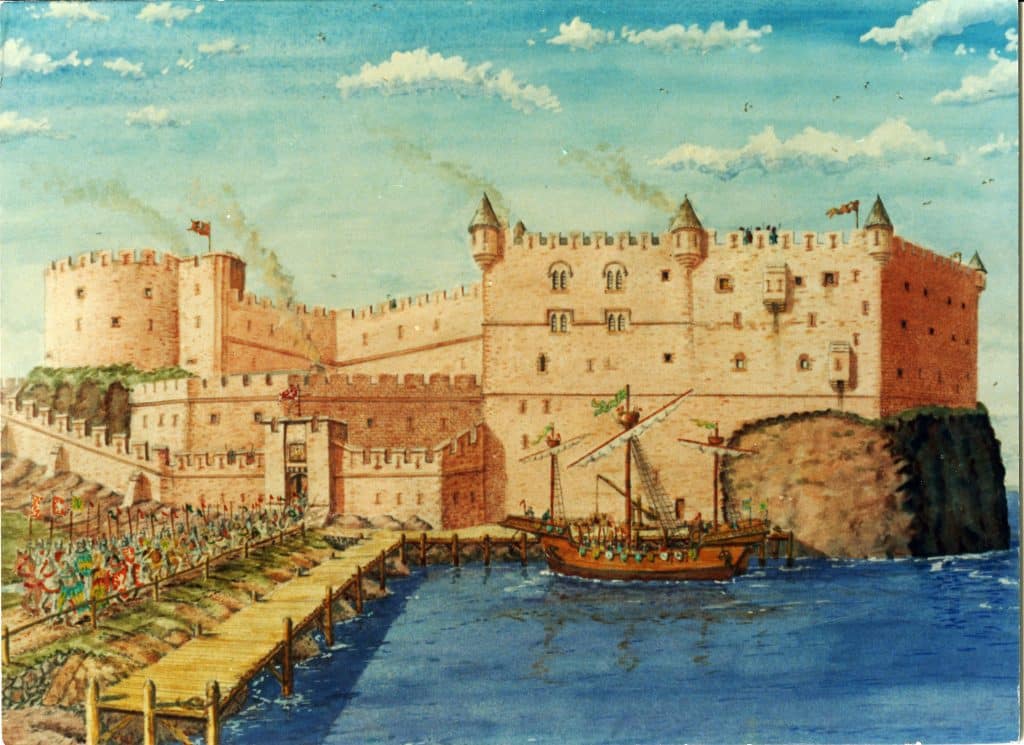
William’s War
You may well ask – where was William Wallace during all of this? The simple answer is, rather unsatisfactorily, we don’t really know. He may have been involved in the dynastic wrangling between Brus, Balliol and the other claimants, but if so then it hasn’t made an impression in the historical sources. Some historians theorize that he may have been serving as a mercenary lord elsewhere, and it seems highly likely that Wallace’s martial feats would have been impossible without significant military experience. The obvious candidate is Edward I’s campaigns in Wales. It doesn’t fit the ‘Braveheart’ image to imagine Wallace serving an English king, but as we can see throughout this story, the Scots and Anglo-Norman nobility were thoroughly entangled.
Wallace strides onto the historical scene at Lanark in 1297 CE. With a small band of supporters, Wallace is recorded to have attacked and killed the English-appointed Sherriff of Lanark. Wallace’s action was not alone – Scotland had been simmering under English occupation for thirteen months, and the spring of 1297 saw scattered rebellions break out which quickly unified into concerted resistance. After his success at Lanark, Wallace participated in a raid on the town of Scone, Scotland’s mythic heartland, forcing the English governors there to flee and placing the town under Scottish control. (Wallace was clearly enough of a problem to require dealing with, as King Edward dispatched a young son of the Brus family – also named Robert after his grandfather – to end Wallace’s rebellion. Robert the Bruce instead defected to the uprising.) Along with some rebellious Scottish lords (and with the covert support of many others who hadn’t yet rebelled), they laid siege to Dundee Castle to force the English armies out from their garrisons. A force under the English Lord John de Warenne set out to relieve Dundee, and was faced with fording the Forth River at a bridge near the town of Stirling, where Wallace and his allies laid a trap.
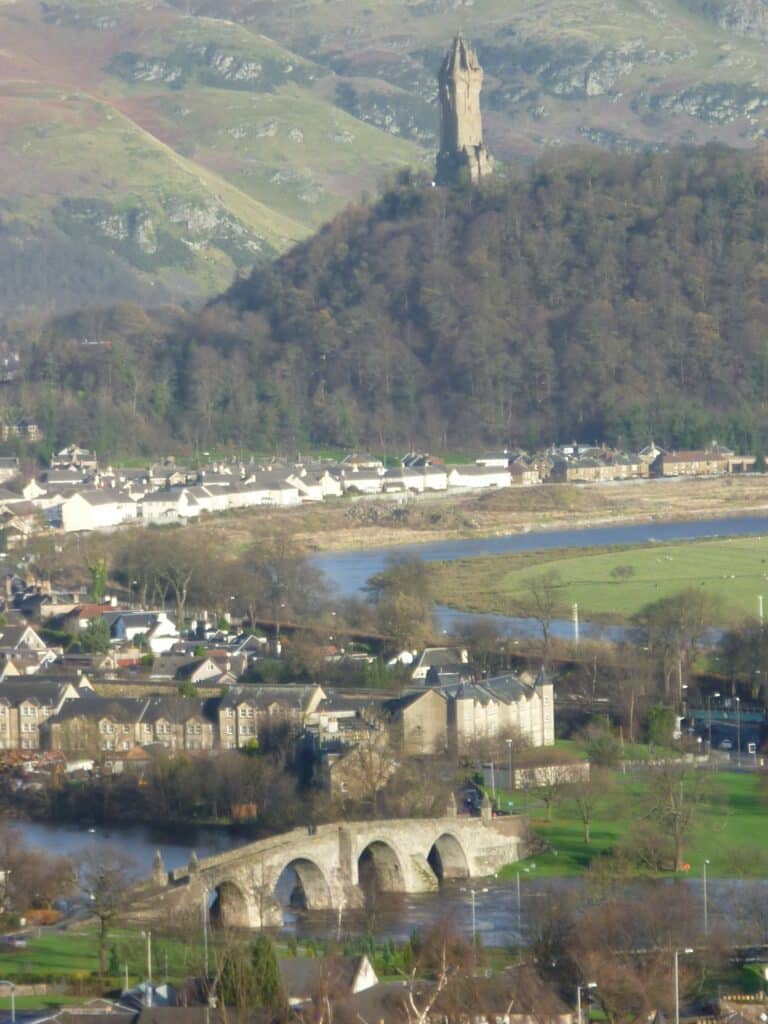
The Making of a Hero
In the wet autumn of 1298, William Wallace had not yet seen his 30th birthday, and he was merely a junior noble amongst the rebel lords of Scotland. The Battle of Stirling Bridge changed everything. Wallace’s plan was masterful. He positioned his well-trained bands of spearmen in a schiltron formation athwart a narrow spit of boggy land in the curve of the River Forth, and he goaded the English vanguard into crossing. The vanguard, led by the English Treasurer Hugh de Cressingham, quickly realized their mistake, getting bogged down in the wet ground – as their horses floundered and the thick mud sucked at their armor, Wallace and his men massacred them. As the main body of the army on the far side of the bridge watched their fellows mercilessly trapped and cut down, they rushed to their aid, but the bridge collapsed under their weight. Despite being outnumbered two-to-one by the English, Wallace had led the Scots to a crushing victory.
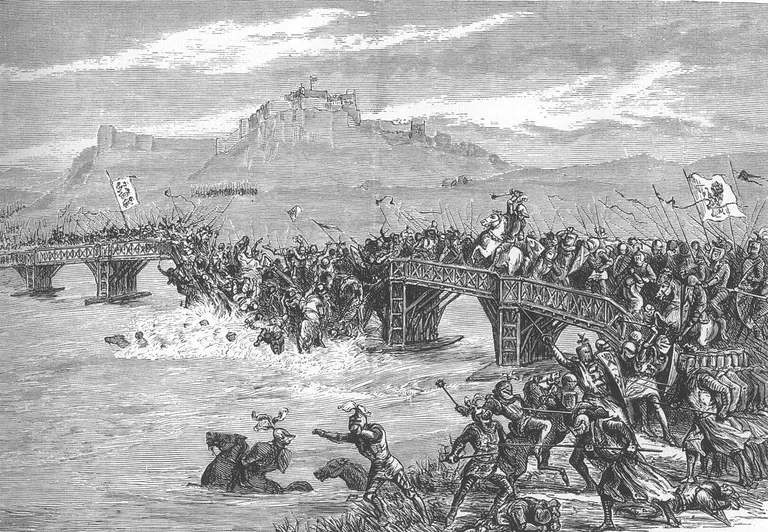
Wallace’s victory over the English catapulted him to the forefront of the Scots resistance. He pursued the retreating English far to the south, raiding dozens of English villages, and returning home laden with the spoils of war. It was then, in the spring of 1298 that he was knighted, and elevated to Guardian of Scotland – and he set about preparing to repel the inevitable counterattack from the English. But a curiously grizzly detail about Wallace is recorded in the aftermath of the Battle of Stirling Bridge. Hugh de Cressingham, the hated English Treasurer for Edward’s administration of Scotland, had been killed along with much of his vanguard – it is said that Wallace had the body of the noble skinned. Various sources record the fate of this unfortunate noble’s epidermis – some say that it was made into a baldrick for Wallace’s sword. Other say that it was distributed amongst the Scots army. What are we to make of this aside? Like much else in this tale, there are no contemporary records which describe the act, and the only chronicles which contain it are heavily pro-English. De Cressingham had a reputation himself as a flayer of Scots captives, so this may be a little poetic justice, added in by anti-Wallace scholars seeking to blacken the reputation of the warrior. But it remains a perennial rumor nevertheless.
A Waning Star
For such a touchstone of Scottish national culture, Wallace’s time in the sun was brief. Phillip IV of France concluded a separate peace with England, leaving Scotland standing alone against Edward’s undivided attention. From a base of operations at York, Edward struck north again, and in July, Edward and Wallace met on the battlefield for the first (and only) time. At Falkirk, English longbowmen tore the Scots army of static schiltrons of spearmen to shreds – along with Wallace’s military reputation. Although he would survive, and Edward would not be able to secure rule over Scotland, Wallace’s star had waned, and he would resign his Guardianship after the battle.
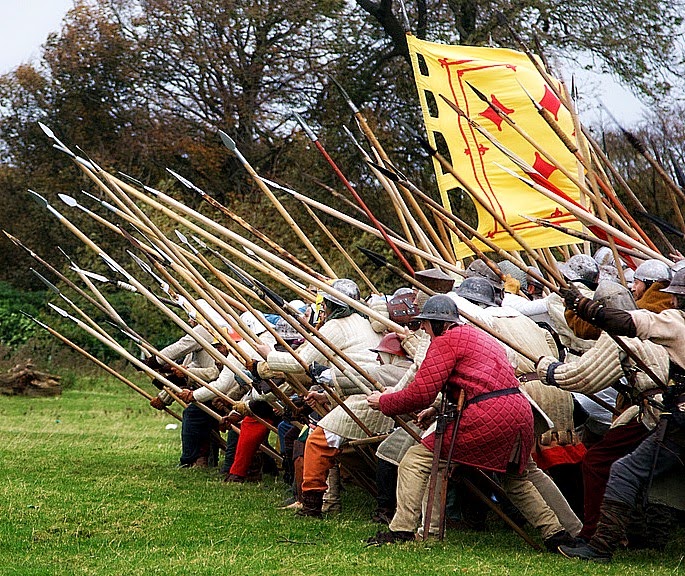
Wallace would spend much of the next six years as a fugitive, in France and in Rome, attempting to drum up support for the sporadic military effort against the English. By 1305, the leading Scottish nobles had again been subdued – even Robert the Bruce had paid homage to the King. Wallace was finally captured by the English at Robryston, after he was betrayed to the English by Sir John Menteith – ‘the fause Menteith’ as Robert Burns would later damn him. Wallace was swiftly transported back to London, where he subjected to a brief show trial. He was executed, not with honor as an enemy lord, but in the manner of a traitor: he was hanged, drawn and quartered, and his body parts were displayed in Newcastle, Stirling, Berwick and Perth as a warning to the Scots who saw him as their hope.
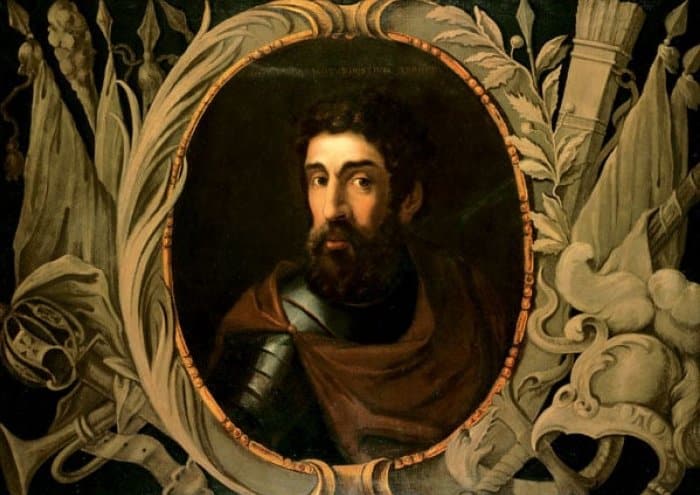
The Battle Continues
But Wallace’s death would not be the end of the War of Independence. Robert the Bruce was biding his time, and he would again lead Scotland in revolt but a year later. After a long and brutal war, Robert would secure the independence of the Scots – but it would take him 23 years after the execution of William Wallace. And English intervention into Scottish affairs would last long after even the great Bruce was gone: a Second War of Scottish Independence was fought from 1332, when the son of ‘Toom Tabard’ John Balliol attempted to seize the Scottish throne from Robert the Bruce’s eight-year-old son. Scottish-English relations saw a landmark in progress with the union of the English and Scottish crowns under James I of England and VI of Scotland in 1603. Without a doubt, the Stuart King would have known of Uilleam Uallas, his ancestor’s bannerman, immortalized in Blind Harry’s song. To him, and to us, William Wallace is neither the stereotyped clansman of Braveheart, nor the flaying brute of English chronicles – he is the embodiment of Scottish freedom.

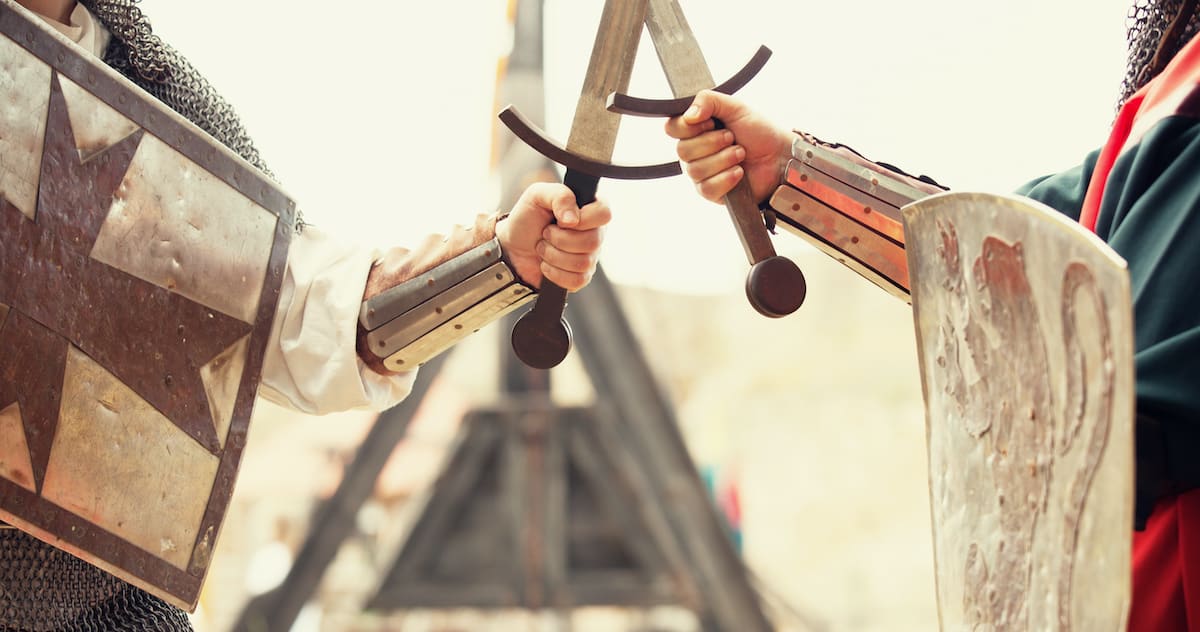 Historical Swords
Historical Swords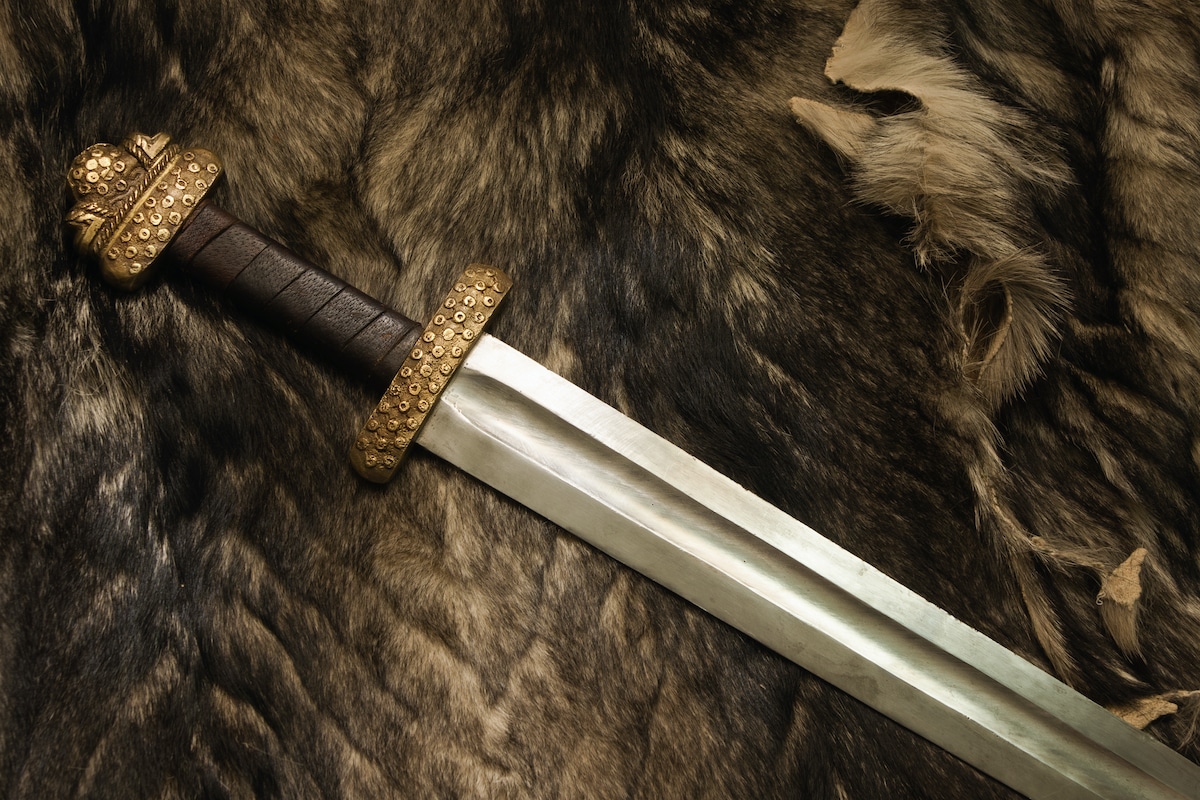 Norse & Viking Swords
Norse & Viking Swords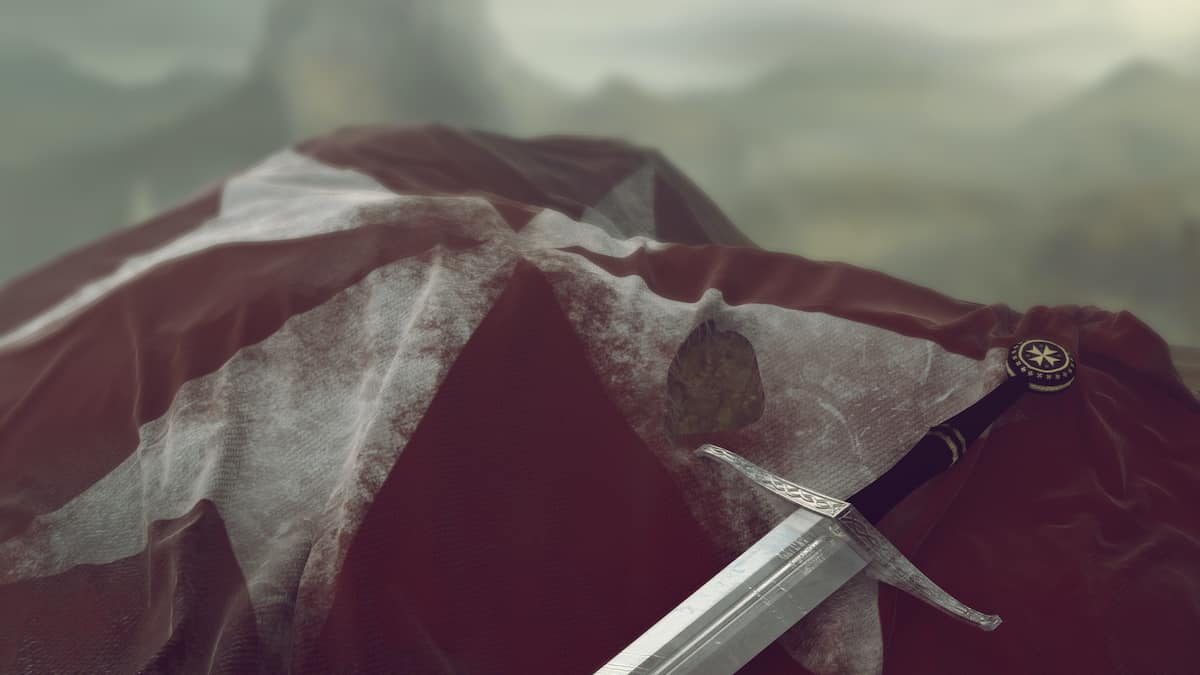 Templar Swords
Templar Swords Claymore Swords
Claymore Swords Fantasy Swords
Fantasy Swords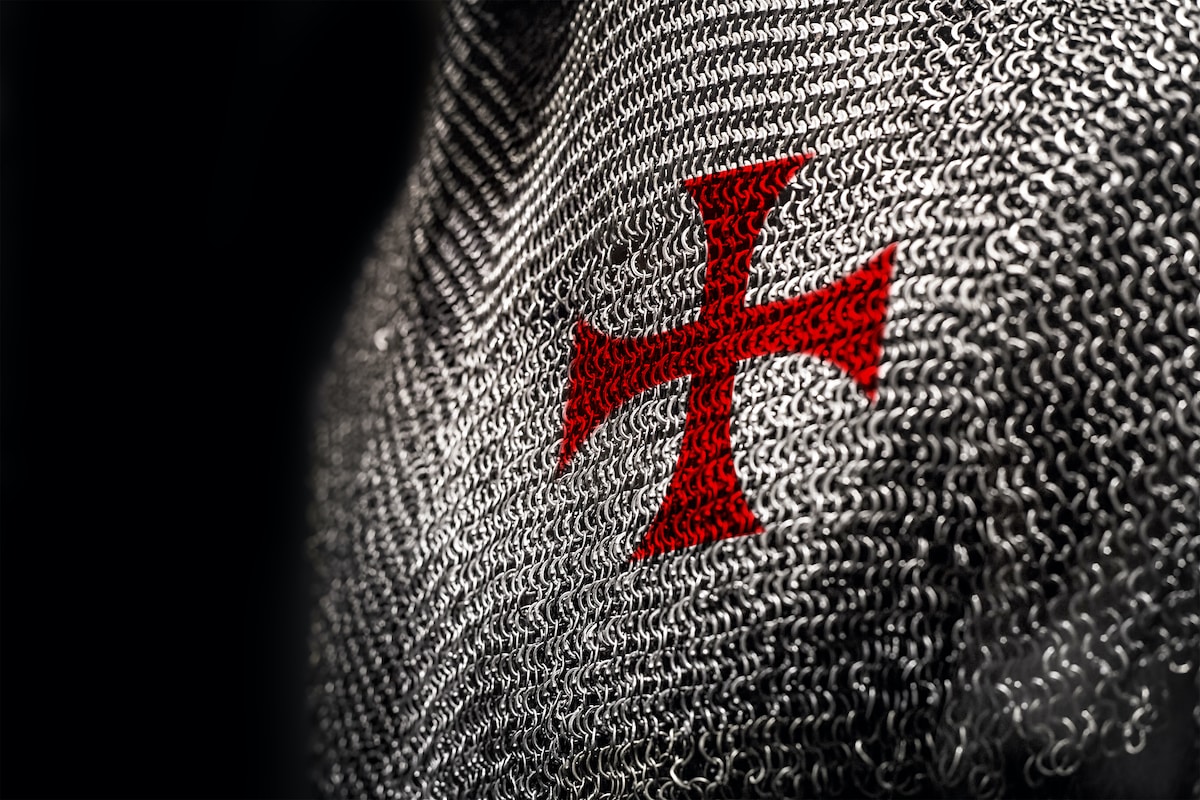 Chainmail
Chainmail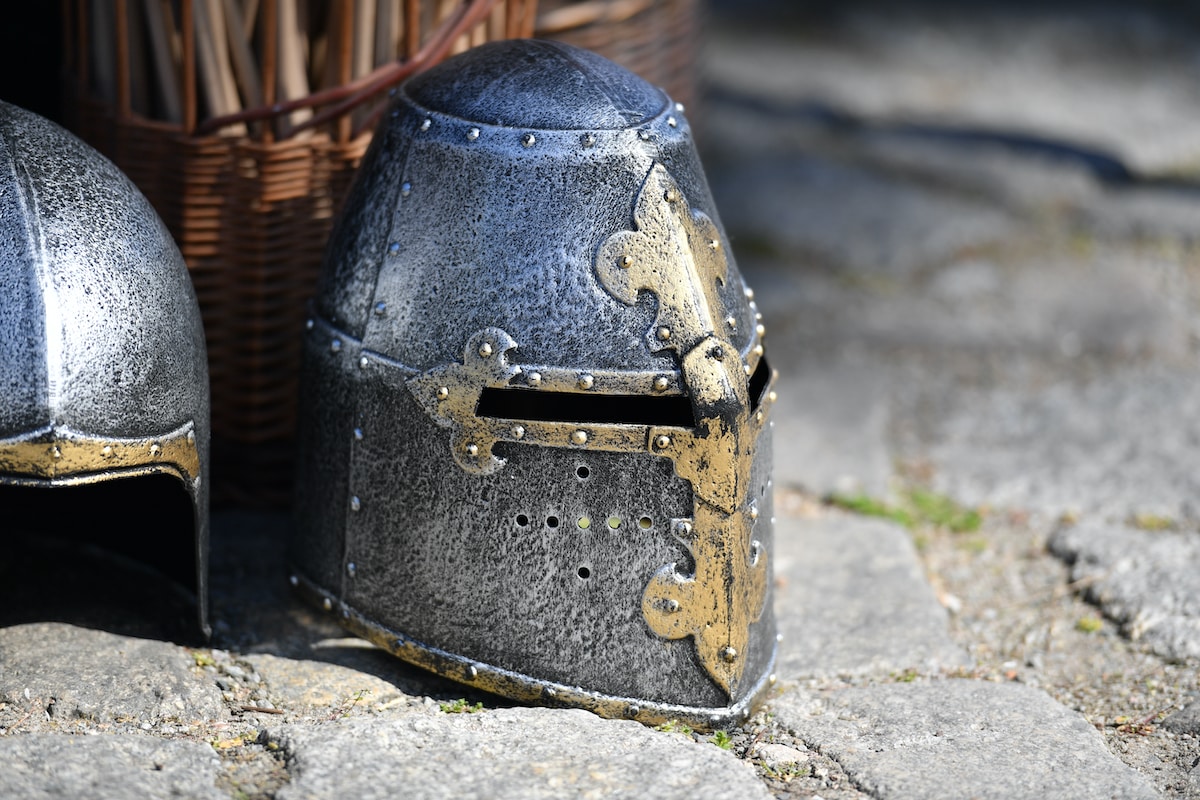 Helmets
Helmets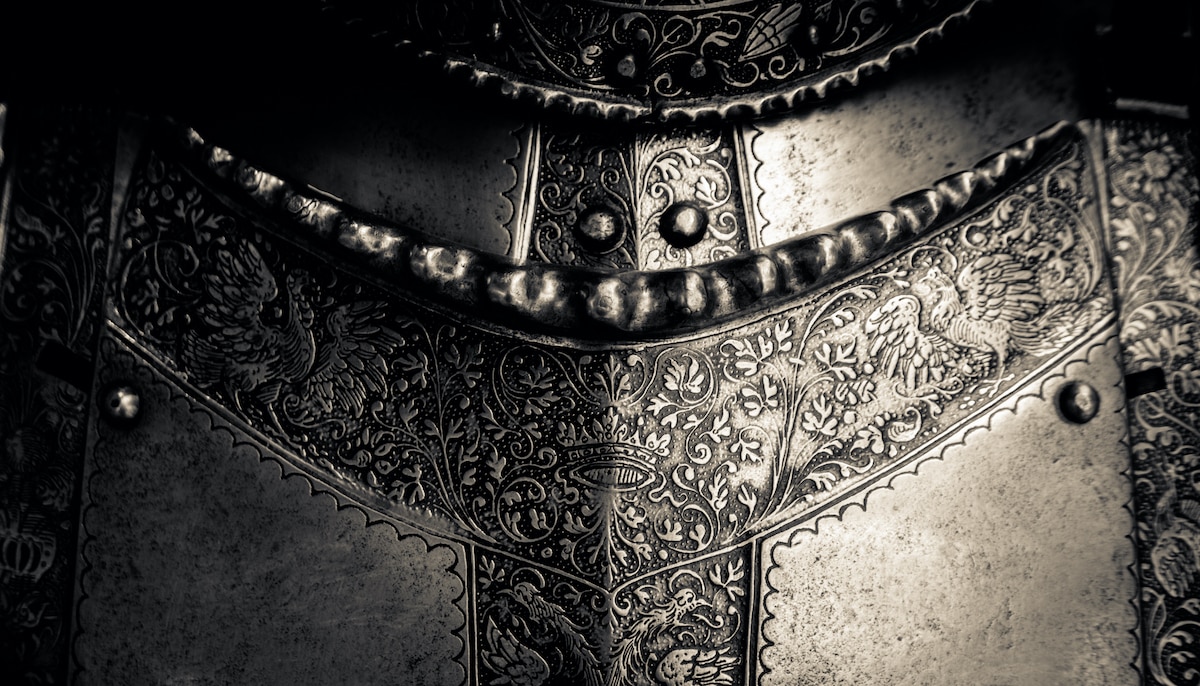 Torso Armor
Torso Armor Bracers and Arm Protection
Bracers and Arm Protection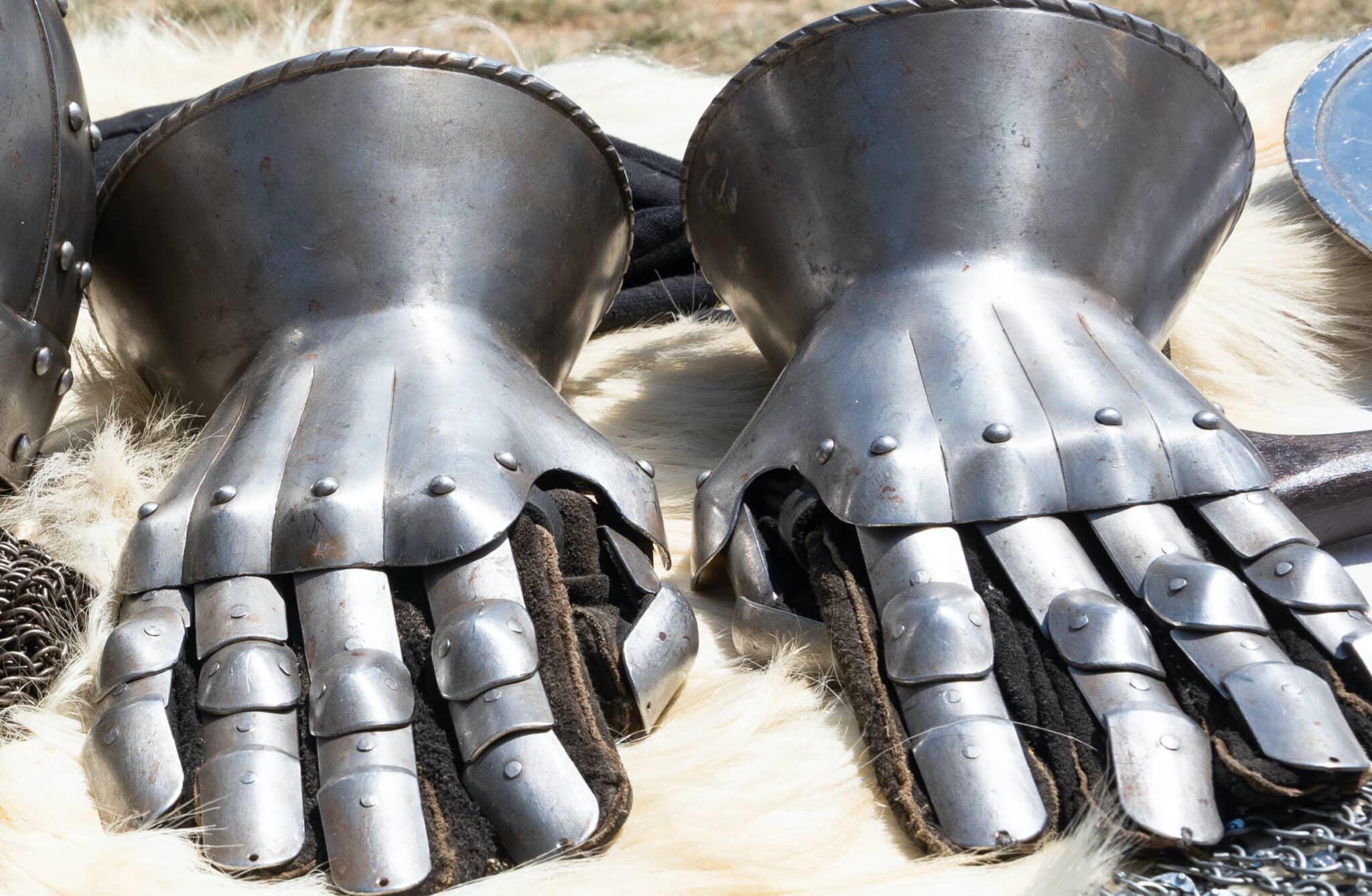 Gauntlets
Gauntlets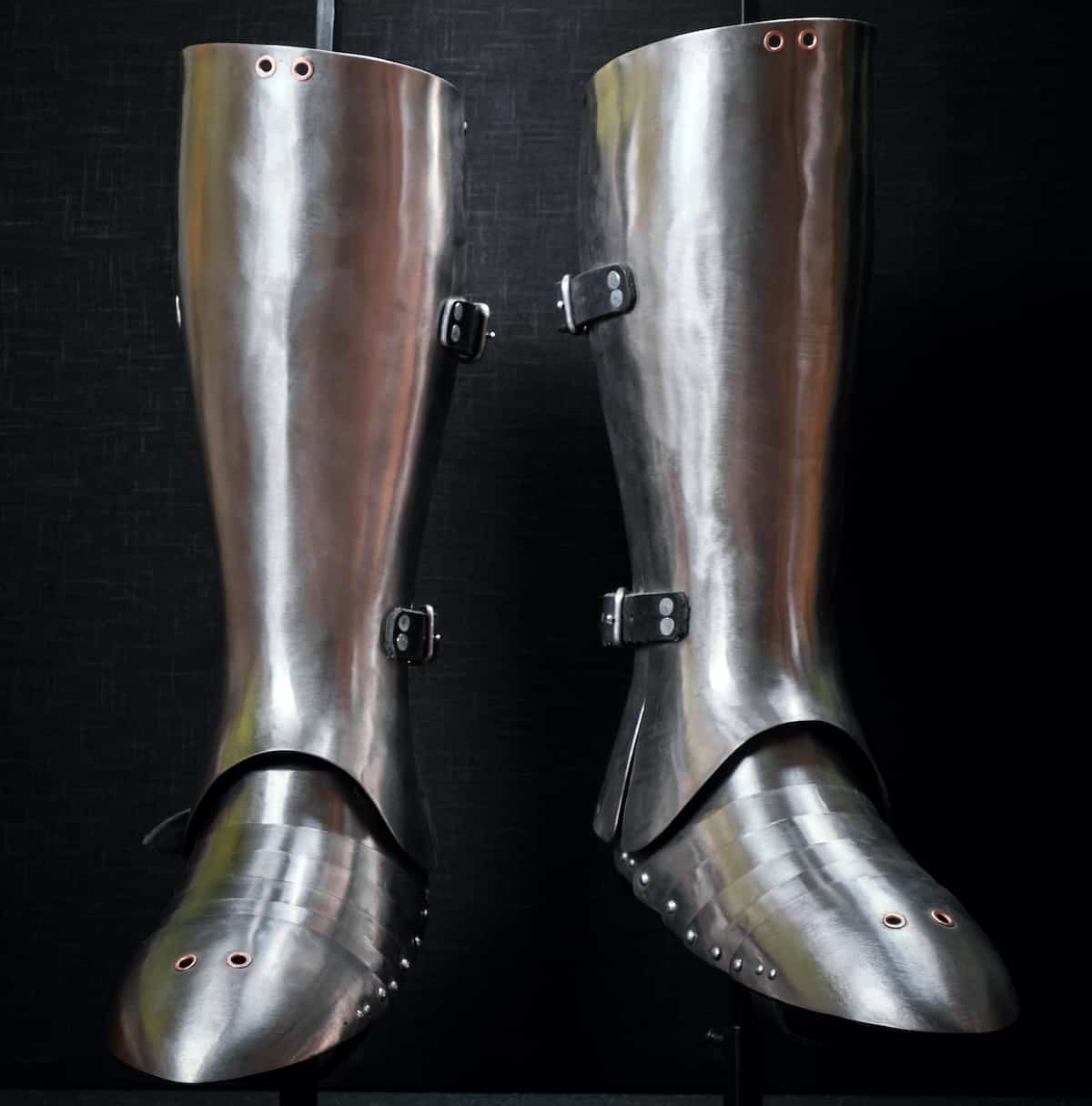 Leg Armor
Leg Armor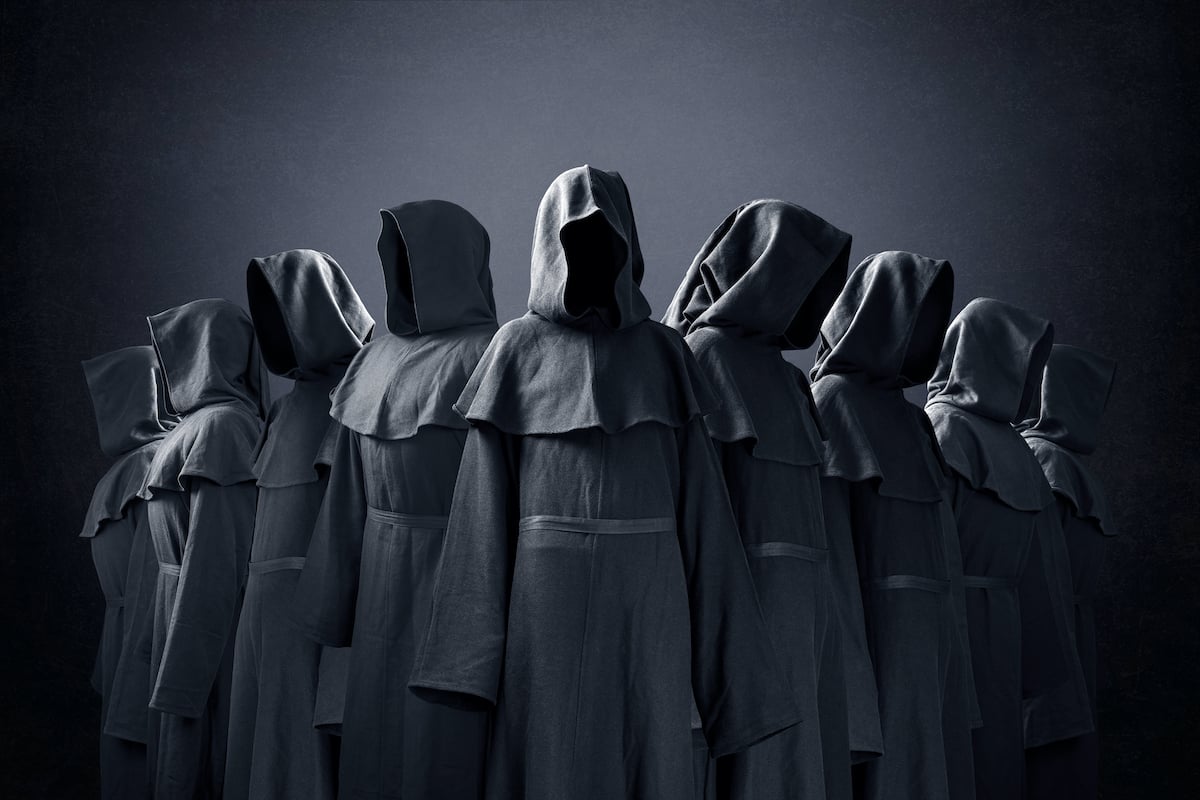 Cloaks
Cloaks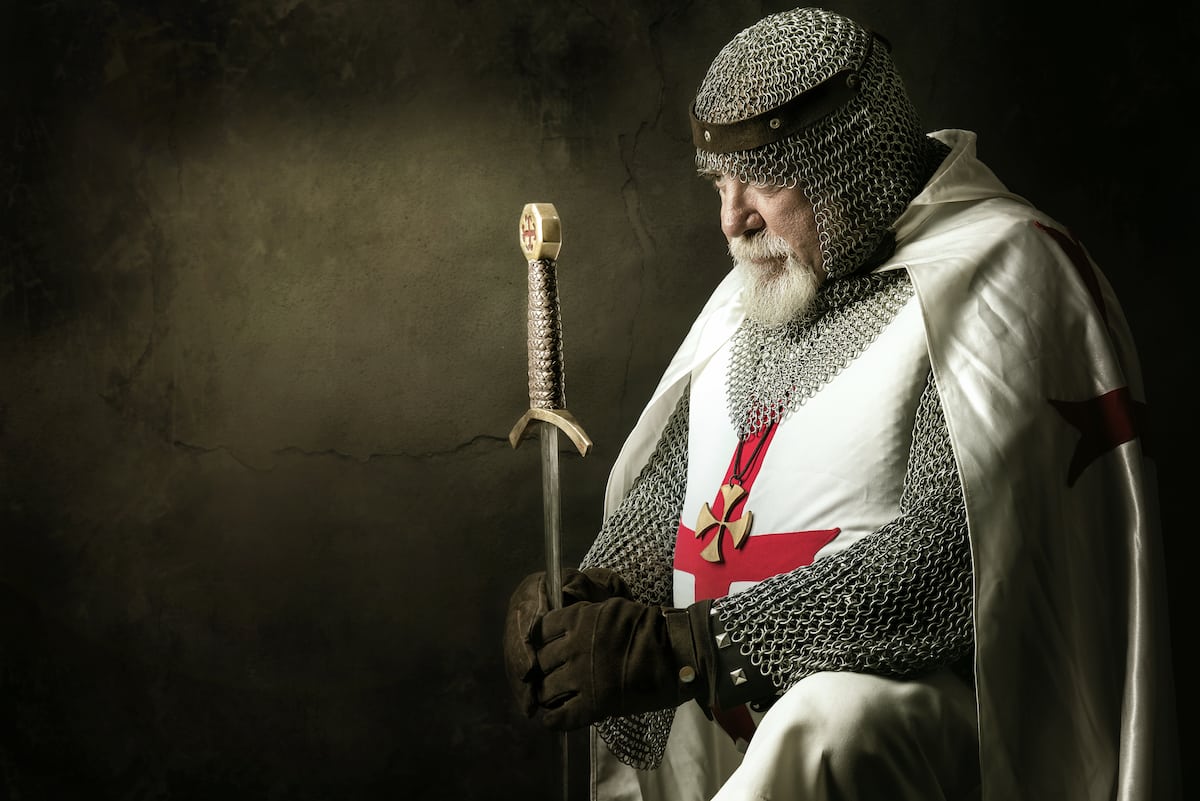 Tabards
Tabards Shirts
Shirts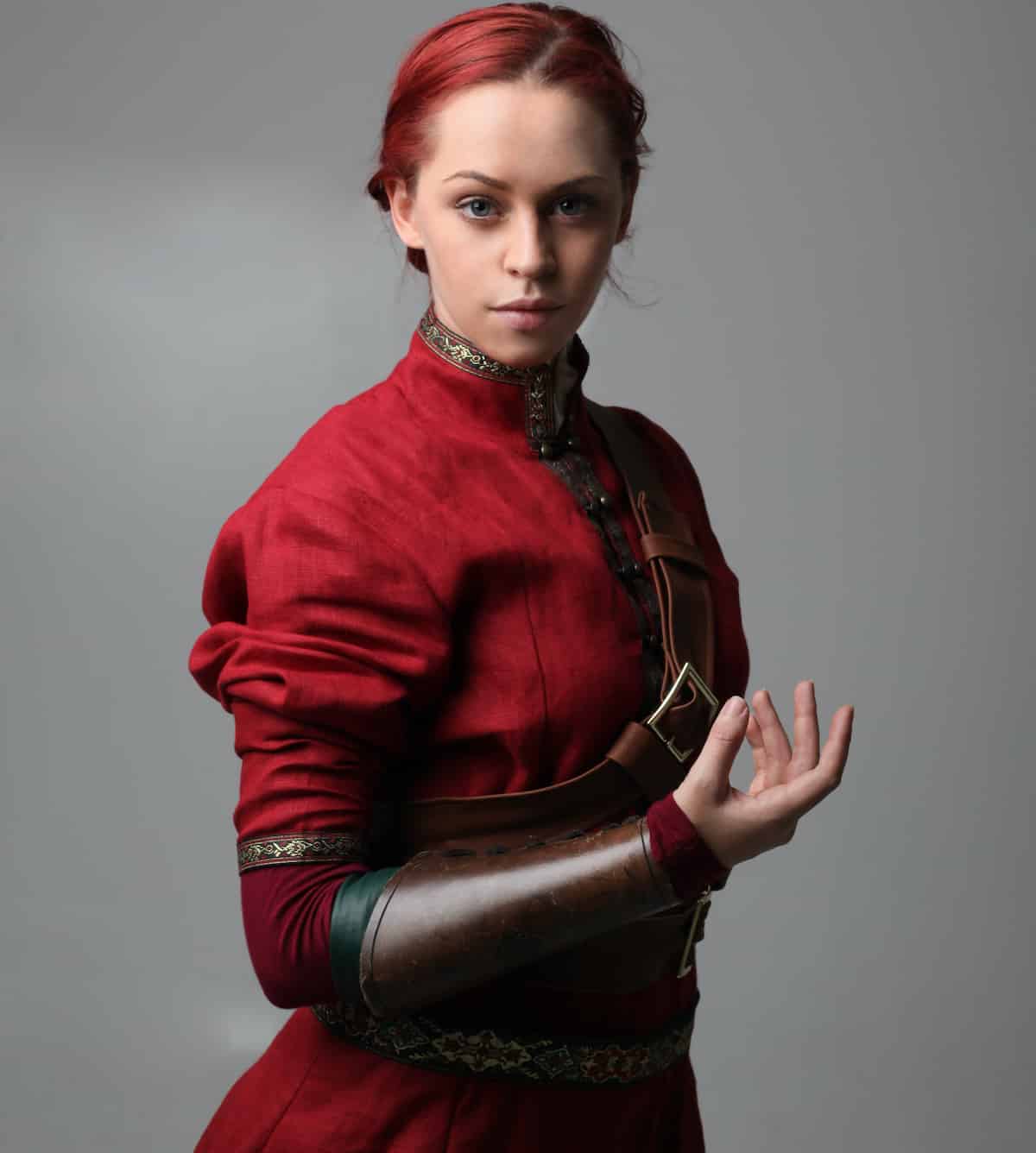 Tunics
Tunics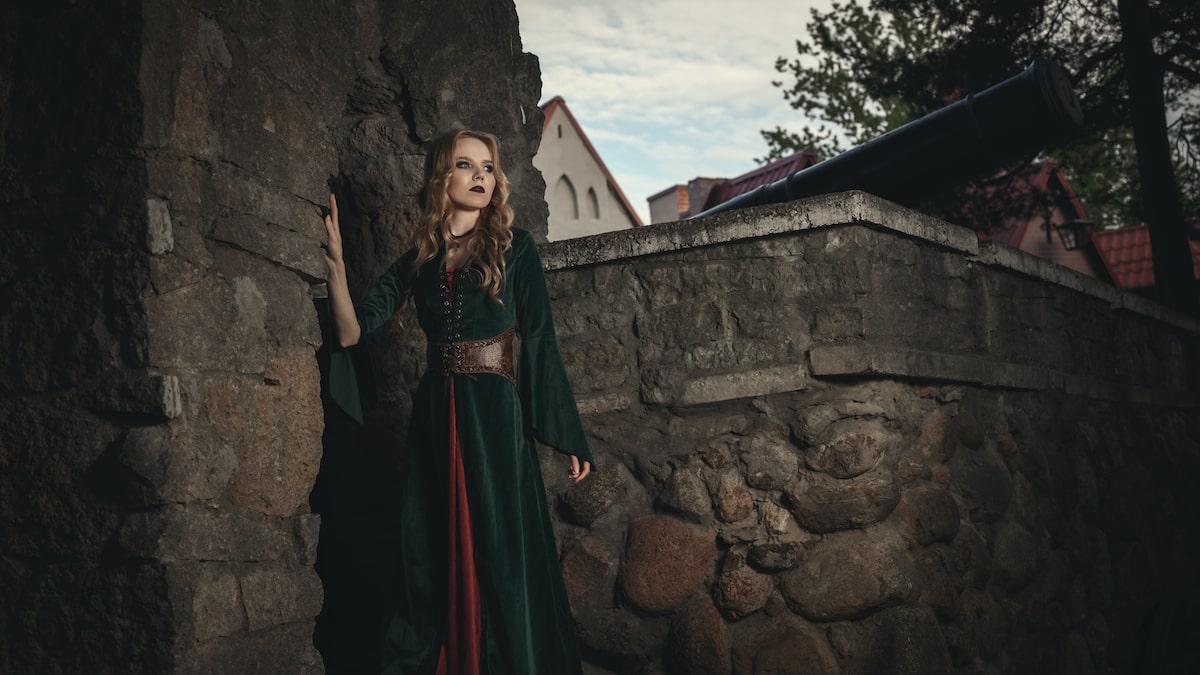 Dresses
Dresses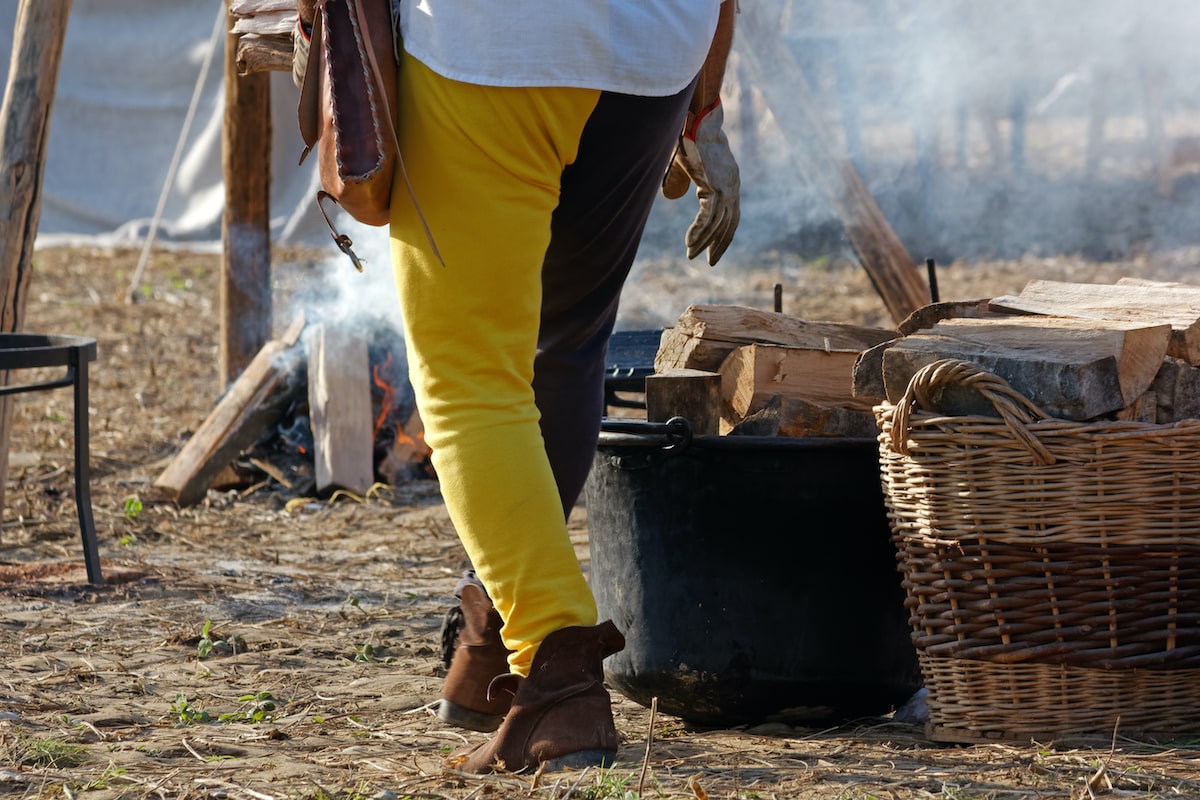 Pants
Pants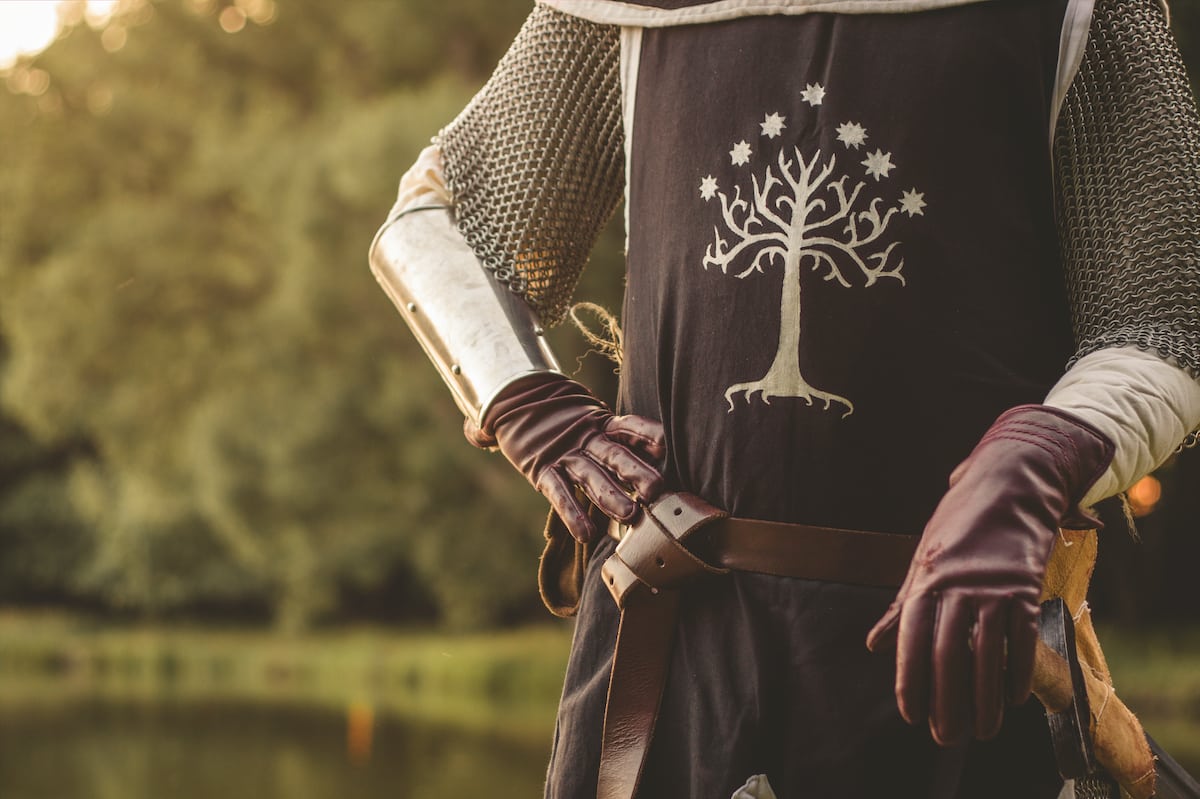 Gloves
Gloves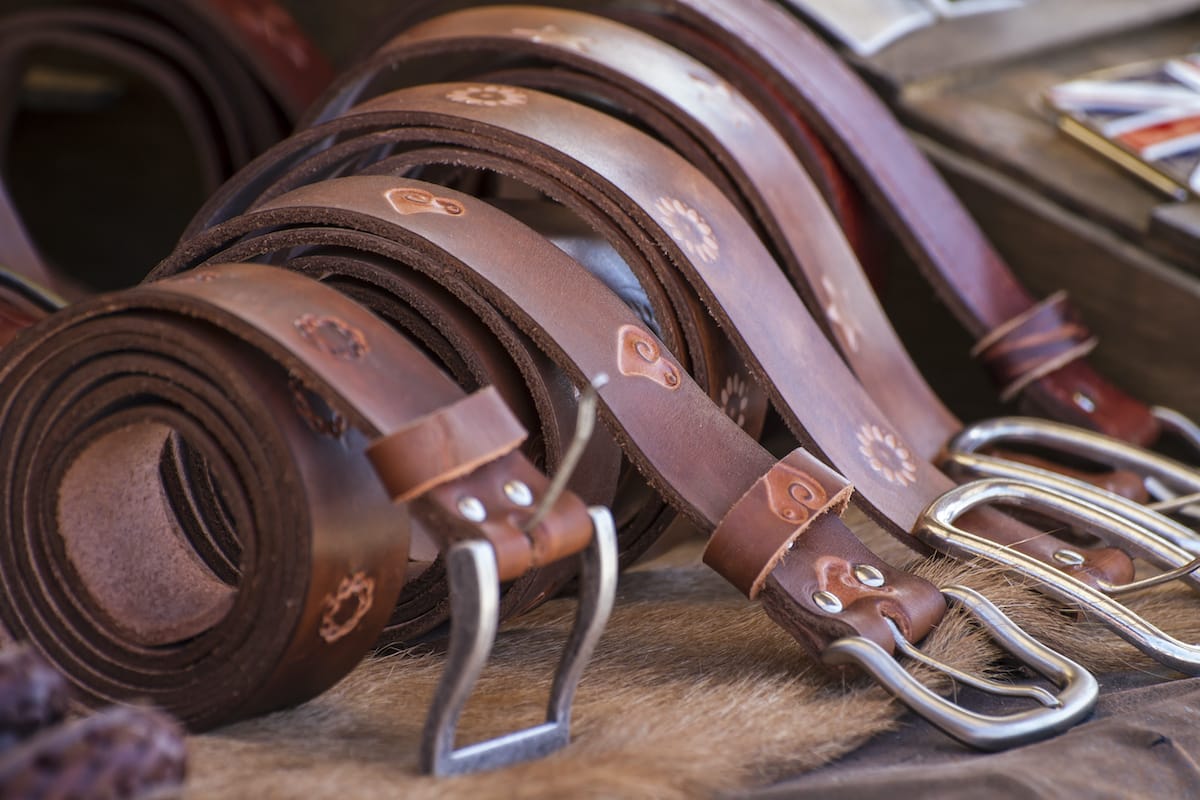 Belts
Belts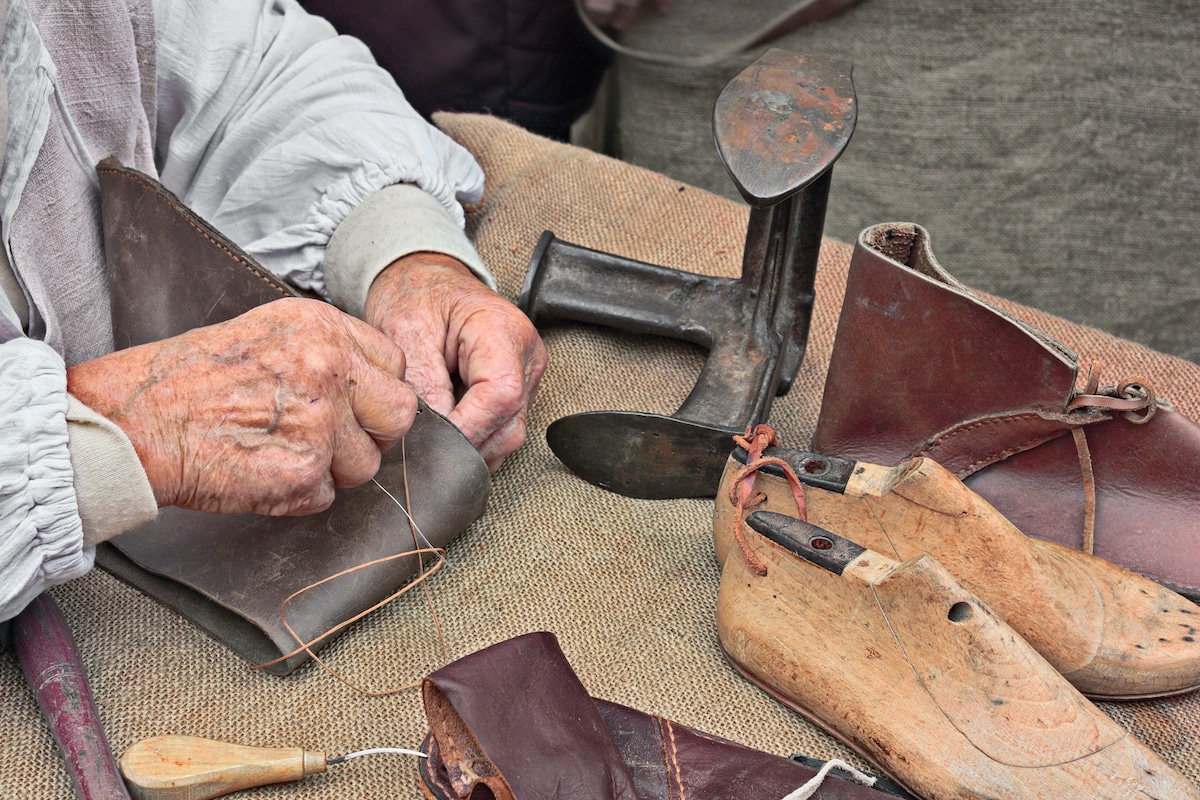 Shoes
Shoes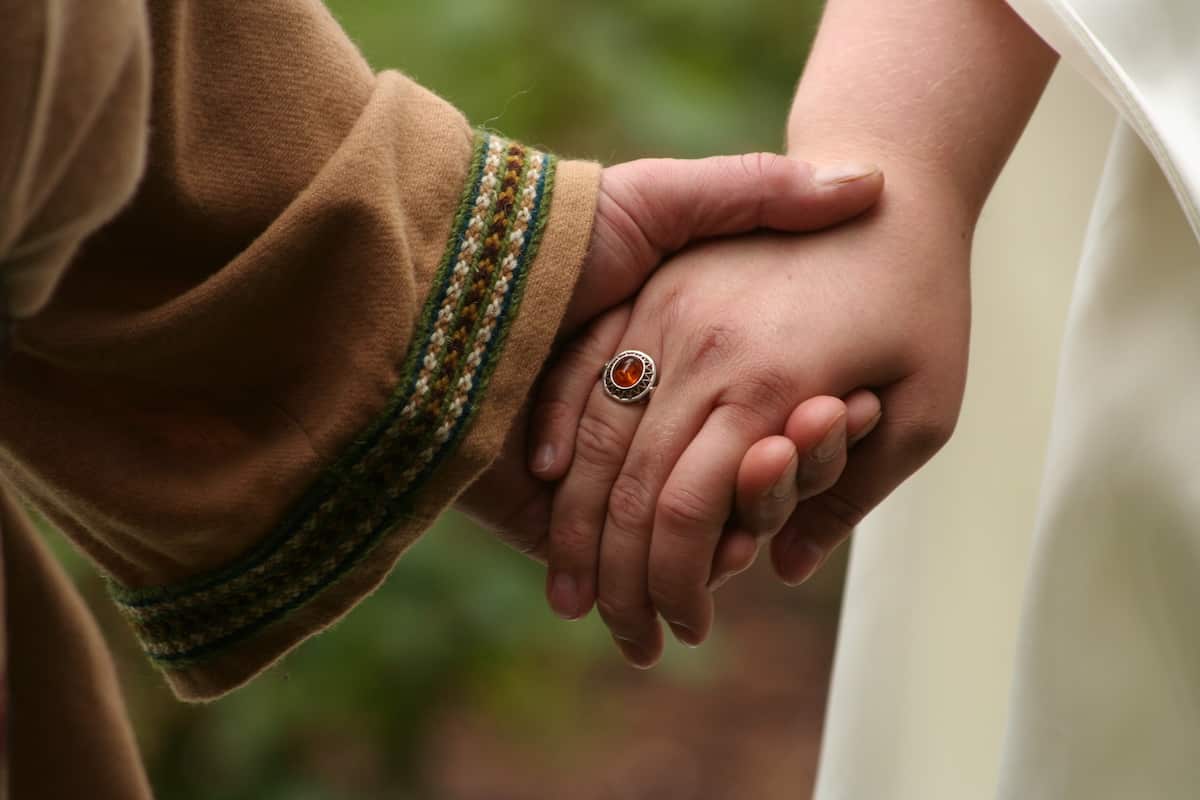 Rings
Rings Necklaces & Pendants
Necklaces & Pendants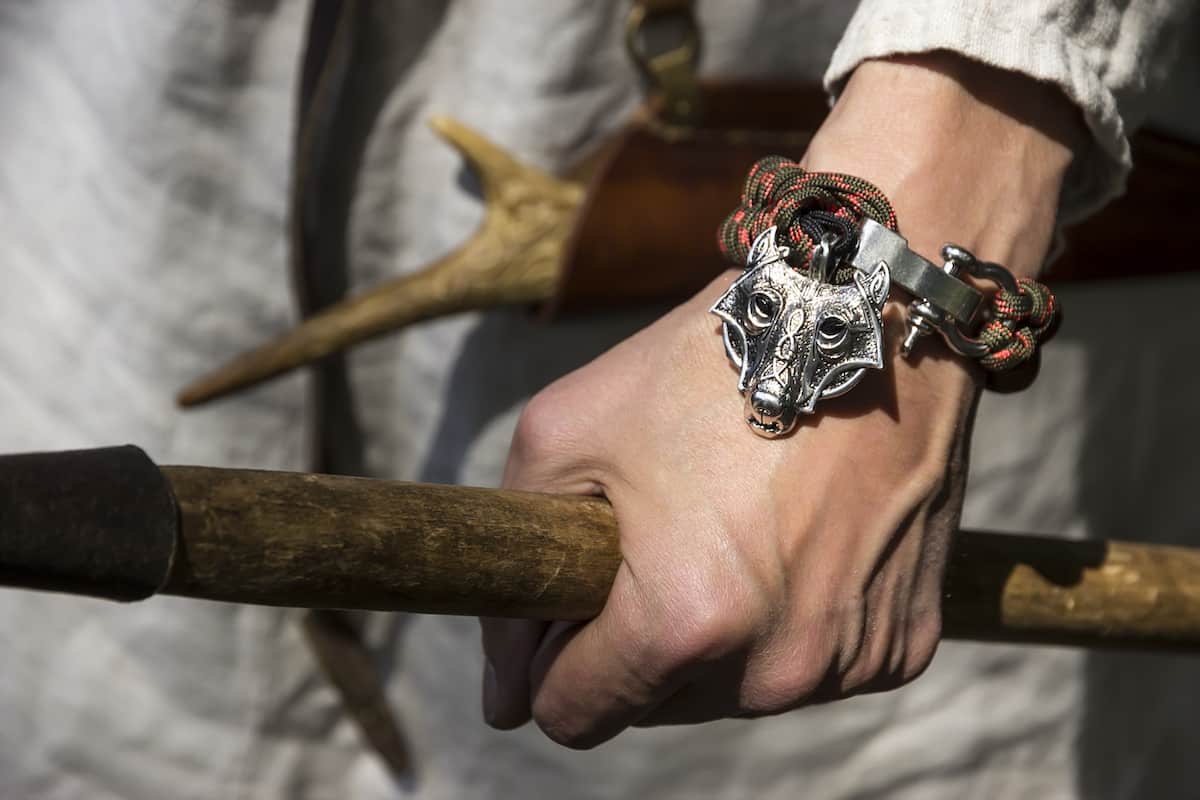 Bracelets
Bracelets


